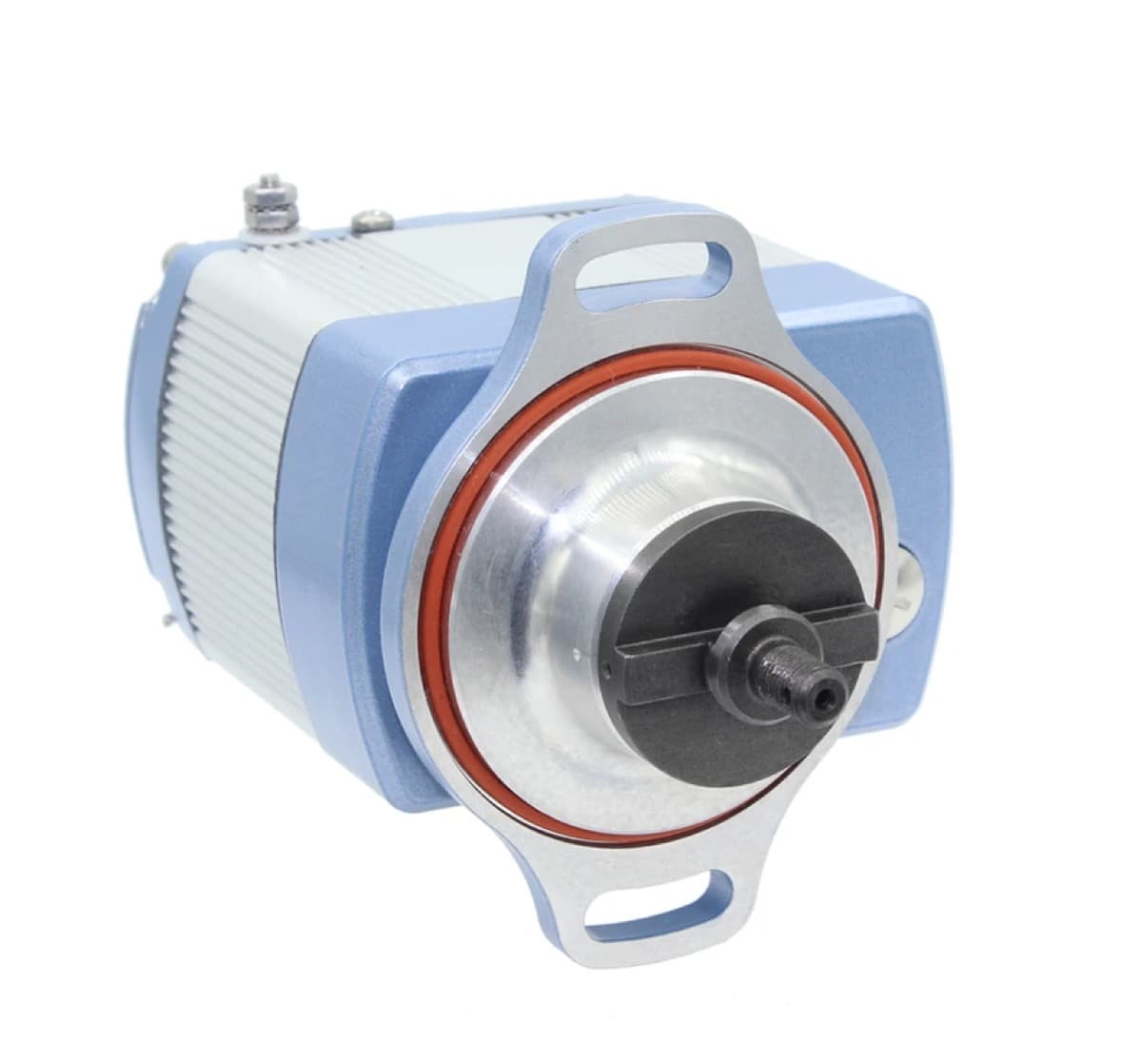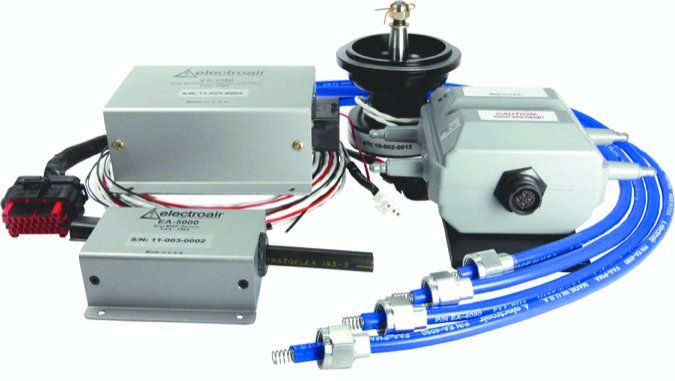Yep. A few times, a very long time ago when they were relatively new. So far I've seen about a dozen low time SureFly failures in the last year. History repeating itself? I know guys that replace coil packs in their cars every few years.
By your logic, with newer car engines being so reliable, they'd be perfect replacements for our old dinosaurs. Yet for some strange reason when you bolt one on an airplane, they fall apart. All the EI systems, including SureFly, have had issues with RF when installed in an aircraft.
Electronics seldom give any warning before total failure. Ask the guys with full ElectroAir systems how quiet things suddenly get.
A data sheet, a brochure, and some inferred reliability data doesn't make something "far superior". Instead of touting a 3000 hour tbo, they should get them to make it past 500 hours reliably.



